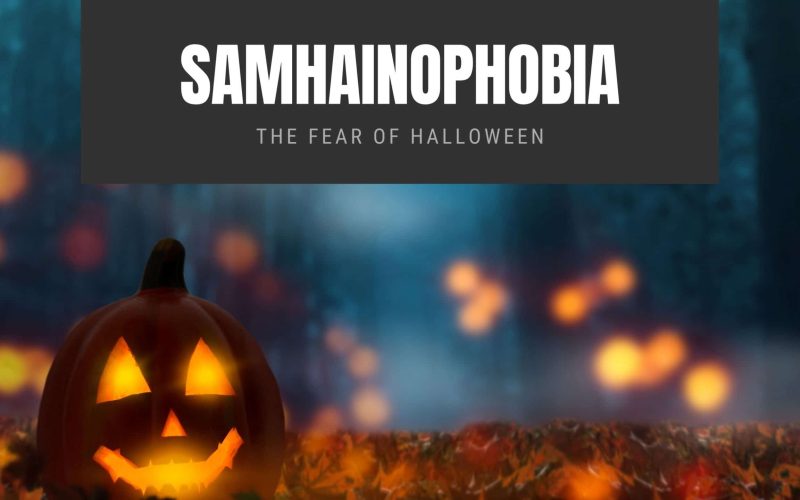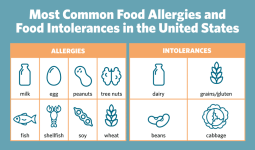Samhainophobia is the extreme and unwarranted fear of Halloween. The ancient people of Western Europe, also known as the Celts, believed that on the eve of one of their festivals, the wall separating the living from the dead becomes permeable by the dead.
So, on the festival day, the dead can cross over to the land of the living and make their presence known by threatening the townspeople.
The Celts took it upon themselves to wear costumes and around bonfires to chase them off, thus the origins of the Halloween celebration.
Halloween was initially known as “All Hallows Eve,” which originated from the word ‘Samhuin’, which has Irish-Scottish-Gaelic (ancient Europe) roots and also means ‘summer’s end.’
Although in this modern time, some people do not believe in ghosts crossing over from the spirit world to our world, they also see the need for Halloween to be still celebrated.
However, while Halloween is a celebration of culture, art, and spookiness to some people, they are overtly worried and fearful about this event.
Causes of Samhainophobia
There is no known cause of any phobia; however, there are contributing factors that lead to the development of phobias.
Samhainophobia can develop as a result of a range of factors, which are:
The Presence of Other Phobias
The presence of other phobias can lead to the development of samhainophobia.
Because Halloween is a combination of spooky, triumphant, and cultural elements, children, teens, and adults dress up in artistic costumes, most of which are relatively scary, including vampire costumes, witch costumes, werewolf costumes, and zombie costumes.
Preexisting phobias such as fear of the dark, fear of witches, fear of vampires, fear of ghosts, etc., may repeatedly get you triggered till you develop samhainophobia.
Because Halloween is celebrated at night, a child with a fear of the dark may not appreciate Halloween; coupled with others, scary costumes, decorations, and discussion may plant fear of Halloween in the child.
Past Experiences
Trauma caused by an awful experience develops most phobias. Most people do not appreciate it when being started, and at this time of the year, it is the time most people find startling and scary fun.
However, a few people do not get over this, and some children may not outgrow this.
Some horror stories and other frightening events can result in the development of samhainophobia if the child does not outgrow the fear.
Heredity or Genetics
Fearful genes are also included in an individual’s genetic makeup, and once an ancestor has had a particular phobia.
These genes may be dominant or recessive; they are likely to manifest somewhere in the family tree.
Environment
The environment plays a crucial role in a person’s growth and well-being; when a child grows up in a situation that encourages the fear of Halloween or paints Halloween in a troubling way, the child is at a higher risk of being diagnosed with this condition soon.
A child who grew up in a family with a family member suffering from this condition or in an environment with some close individuals suffering from this condition can have the child develop samhainophobia.
Experts believe that phobias are significant as a result of the combination of traumatic experience and heredity.
Symptoms of Samhainophobia
Having Samhainophobia comes with a range of symptoms, which can be awful and are different across individuals depending on the severity of the phobia.
These symptoms can affect a person physically and psychologically, manifest even at the thought of anything relating to Halloween.
They are:
- Extreme anxiety,
- The feeling of dread and terror
- Panic
- Shortness of breath
- Increased heartbeat
- Hyperventilation
- Excessive sweating
- Cold or hot flashes
- Inability to speak well
- Chest pain
- Trembling
- Tingling sensation
The sight of Halloween-themed decorations or stores with displays of ghosts, witches, clowns, and monsters’ costumes increases the severity of these symptoms and the level of fear.
These symptoms make the sufferer avoid anything about Halloween, including hearing about it. This condition is believed to be highly associated with other phobias.
That is, samhainophobia can result in the development of fear of the dark, vampires, witches, etc. Making the individual suffer from what we call “Complex phobia.”
A complex phobia intertwines many phobias, increasing the individual’s likelihood of getting triggered.
Treatment
Because this holiday comes once a year, people start talking about it months before and will not shut up even months after.
A samhainophobic needs to be treated as soon as possible to allow the individual to enjoy the magic of the season alongside others to avoid developing into a complex phobia and to enable the individual to carry out their daily plans without getting triggered by the mere mentioning of anything relating to Halloween.
There are several tips to help someone with a mild case of samhainophobia recover, and they are:
Self-help
All the tips for coping with mild cases of samhainophobia are under this.
- Reading and gaining quality knowledge about the holiday’s history and actual meaning may help desensitize you, as you will come across several images and related terms. Who knows, you might become fascinated with and love Halloween.
- Positive visualization will help you see that you can go through the holiday without getting triggered. You can do this by visualizing yourself and discussing Halloween or the actual day of Halloween.
- Mindfully taking deep breaths to calm your nerves.
- Tagging along with supportive friends and family to help you go through the day unbeaten
But then, if your condition is severe, you may need to see a mental health expert for professional help.
These are trained individuals in the field of psychology. With their knowledge and finesse skills, they will help you identify the source of your problem and tackle it.
They can also equip you with skills to help you overcome a potential trigger without having a panic attack.
They also adopt systematic and organized desensitization to make you feel fewer anxiety reactions whenever you come in contact with anything relating to Halloween.
They are also licensed to prescribe medications that can help you control the symptoms accompanying samhainophobia, but these medications should be followed strictly by the prescriptions.
Fortunately, samhainophobia responds well to therapy, and with the right approaches, you will be free from the fears in no need.
We hope that this article has been useful. Kindly let us know your thoughts by leaving a comment below.








